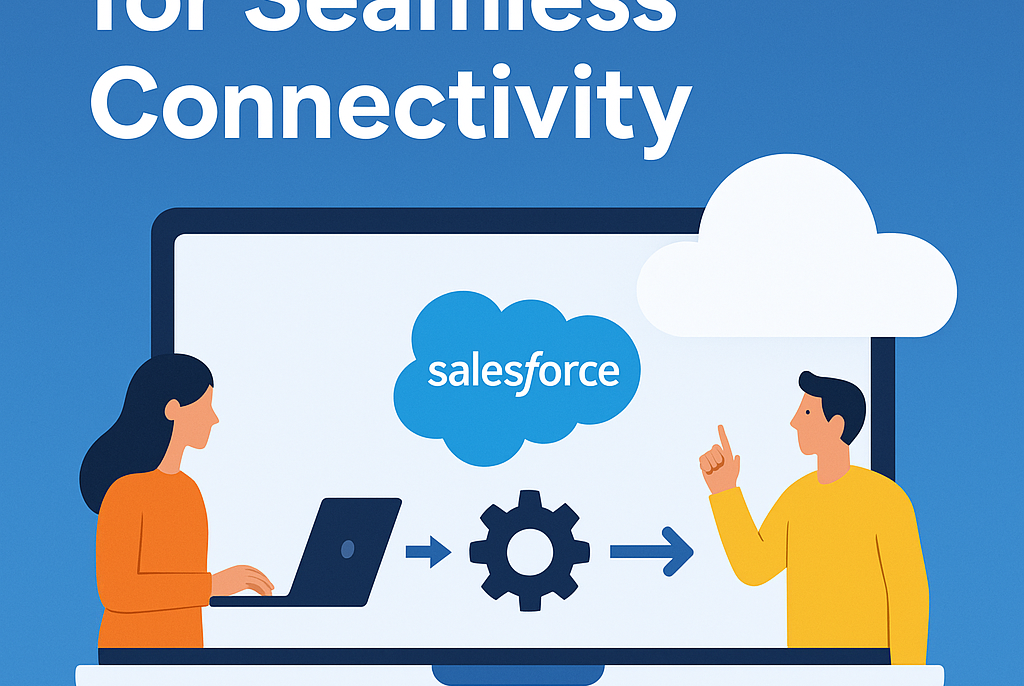Seamless Connectivity with Salesforce Integration: Best Practices
In today’s fast-paced business environment, efficient data management and streamlined workflows are crucial for success. Salesforce, a leading customer relationship management (CRM) platform, offers powerful tools to manage client interactions and data. However, to fully leverage its capabilities, integrating Salesforce with third-party applications and data sources is essential. This article explores proven strategies that ensure seamless connectivity, clean data, efficient workflows, and unified reporting through Salesforce integration.
Understanding the Importance of Integration
Why Integrating Salesforce Matters
- Facilitates streamlined operations by connecting disparate systems.
- Enhances data accuracy and consistency across platforms.
- Enables automated workflows, reducing manual efforts.
- Promotes real-time data access for better decision-making.
Evaluating Integration Options
Selecting the Right Tools and Partnerships
- Assess integration tools like Mulesoft, Zapier, and custom APIs.
- Evaluate third-party app compatibility with Salesforce.
- Consider cost-effectiveness and scalability of solutions.
Implementing Clean Data Practices
Maintaining Data Quality through Integration
- Establish data governance policies for consistency.
- Use Salesforce’s built-in tools to cleanse and de-duplicate records.
- Regularly audit data integration processes to identify errors.
Designing Efficient Workflows
Automation and Workflow Optimization
- Automate routine tasks using Salesforce workflows or third-party tools.
- Map out existing processes to identify integration touchpoints.
- Leverage triggers and actions for real-time data processing.
Unified Reporting and Analytics
Gaining Insights from Integrated Data Sources
- Utilize Salesforce’s reporting tools to create comprehensive dashboards.
- Integrate analytics platforms for deeper data insights.
- Ensure real-time data availability for timely reports.
Ensuring Secure and Compliant Integration
Maintaining Security Protocols During Integration
- Adhere to security standards like GDPR and CCPA during integration.
- Implement robust authentication and authorization mechanisms.
- Regularly update systems to mitigate vulnerabilities.
In Conclusion: Integrating Salesforce with third-party applications enhances business efficiency, data quality, and decision-making capabilities. SynconAI offers both implementation and consultation services tailored to streamline your integration processes seamlessly. To learn more about how we can help optimize your Salesforce ecosystem, visit our website or contact us directly via our contact page.


